Art and Media PhilosophyAlice Lenay, Associate Professor, Visual Arts, AIAC – TEAMeD, Université Paris 8 Vincennes – Saint Denis, France
My practice-led research in art and media studies focuses on the relationship between faces and screens. I create editions, performances, and video installations—often collaboratively—that explore our desire for closeness, using the screen as an observational laboratory. The central question of my doctoral thesis was: how can we “be-together” through screen-based images? Is it possible to share the same “space” despite the geographical—and at times temporal—distances that separate our flesh-and-blood bodies?
My doctoral investigation was structured around James J. Gibson's ecological concept of the medium. The medium (or milieu in French) refers to a continuous, homogeneous space through which we can move and act—such as water, earth, or air. These elementary media are separated by surfaces that act as interfaces between the three states of matter: solid, liquid, and gas. In contrast, substances are the objects or beings that occupy the medium, made visible when illuminated. For Gibson, the medium constitutes the environment of a living being or species, defined by its perceptual and motor capacities. As we—sighted humans—move through space, the shape and visibility of objects shift: some become hidden, others revealed, depending on movement and perspective. We are thus constantly coupled with our environment, and this dynamic interaction structures our perception. That's why, for Gibson, we don't perceive objects “in themselves,” but in terms of their potential for interaction—their affordances.
How, then, does the digital screen—the “black mirror”—fit into this definition of a medium? Is it a substance or a surface? As an object, an unlit screen reflects light like any other opaque, shiny surface. When switched on, it not only hides the wall behind it but introduces a visible world seemingly heterogeneous to the medium it occupies. In the case studies I worked on, what appears on the screen is the image of another medium—captured light from elsewhere (moving images recorded by a camera).
The screen's surface can therefore be understood as an impenetrable boundary. Unlike water or earth, the screen cannot be entered—it is not porous. Piercing it will not bring me closer to the medium depicted. Unlike a windowpane, which can be broken to access what lies beyond, a broken screen severs all communication with the other medium to which it had given access.
And yet, these two media are not entirely unrelated. When the screen is on, it becomes a light source that fluctuates according to the images it displays. These two lighting environments—onscreen and offscreen—influence each other: if, for example, a bulb in the filmed space suddenly turns off, the resulting drop in brightness will alter the light ambiance of the space where the screen is located.
Another crucial point: when I move in front of an image on the screen, its perspective does not shift in response. I cannot make elements appear or disappear through movement, nor can I see what lies beyond the edges of the frame. The screen thus does not simply transmit an absent image—it relays a second point of view, independent of my own, to which my local perception becomes momentarily connected. It is not a neutral surface, but a surface with a point of view (see Vivian Sobchack, Anna Caterina Dalmasso).
How, then, can we speak of a “shared medium” when we meet on—or through—a screen? How would such a medium operate? By observing the simulation of a face-to-face encounter with another face on screen, I investigate what kinds of continuities or ruptures can emerge between two media brought into relation.
Cite this item : Alice Lenay, Medium , translated by Laure Fernandez, Performascope : Interdisciplinary Lexicon of Performascope and Research-Creation, Grenoble : Université Grenoble Alpes, 2025, [online] http://performascope.univ-grenbole-alpes.fr/en/detail/177555

